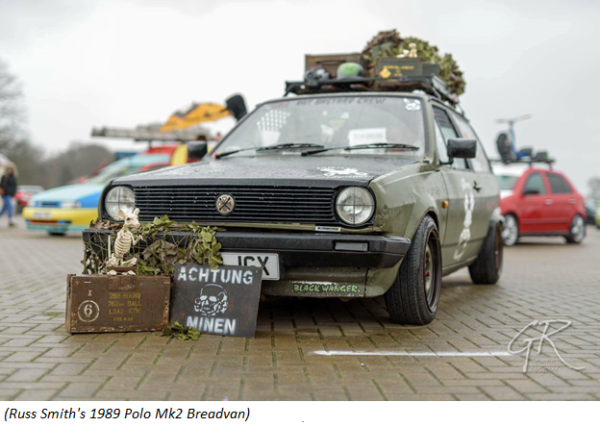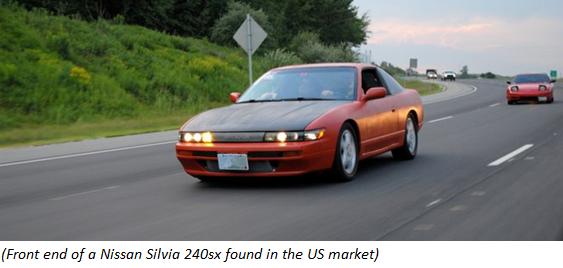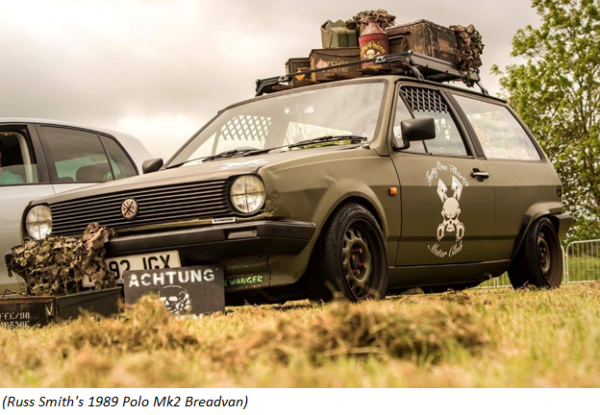
Hello, all you Euro fans! Today, I’m going to cover some key points about adapting US market cars with European and Japanese domestic parts, some differences between them, and even a short perspective from someone across the pond!
The Japanese domestic market (JDM) and European cars that share chassis with US models, tend to attract an origin-of-production following. Specific make group enthusiasts—like Honda, Nissan, Volkswagen, and BMW fans—here in the US can have a deep respect for their vehicle’s country of origin, but different safety and emission standards have caused many cars to vary in engine and body detail from country to country to a large degree. Cars from Japan and Germany may have different lighting, interior, emissions components, and in some cases completely different drivelines from their overseas counterparts.
There are many trims and car models that do not make it over to the US. Sometimes it can also feel like we received the lesser end of production quality, especially when it comes to some late model vehicles. Safety and emission standards played big roles in the 1990s and into the early 2000s, varying what was available in the US. Some cars, such as the Nissan 240sx, were stripped down and received nontraditional engines to meet the emission standards of the US, leaving behind highly sought-after engines, drivetrains, and even body styles.

Demand for these cars and their variations opened up the country of origin (COO) parts and engine markets. Drivetrain swaps, different bumper and lighting styles, and changes to model emblems and interior trim all hold weight in any type of European show or import show. Getting these parts to the US can set you apart from the rest, no matter how subtle the change. Depending on how they go, some may even modify their driving position to be right-hand-drive for an authentic feel and head-turning reaction.
Is this enthusiasm exclusive to the US? To find out, I held a short interview with UK native, Russ Smith.
Russ Smith is a VW enthusiast from Northamptonshire, England. What makes talking with Russ so special is that he owns a unique 1989 VW Polo Mk2 Breadvan. The Polo never made it to the US market, and having the Breadvan trim makes it that much more foreign to an enthusiast in the US. Not only does Russ drive this car, but he has it modified to the tune of a rat rod.
The rat rod is a US-native style we are all very familiar with. Rat rods in the US have become so famous that shows and categories are solely dedicated to the style. That’s why Russ’s unique Polo Mk2 grabbed my attention.
As I got into some questions with Russ, we learned that the parts market in England has a similar level of enthusiasm to the US. Certain parts—such as smaller license plate bumpers, lighting, trim, and body panels—all hold heavy weight overseas. Personally, this came as a shock to me, as I had assumed we all looked like foolish enthusiasts obsessing over our car’s country of origin to the utmost degree. In reality, it’s a shared enthusiasm to want the hard-to-find, and an everlasting campaign to be different and stand out.

The market for these parts can be found all over the internet, from sources that ship directly overseas to direct shipments of new European or JDM parts. But, as time moves on and safety and emission standards become more universal, the gap between cars from each country is closing.
If you would like to see more of Russ Smith’s fantastic 1989 Polo, you can catch him on Instagram @Gilberts_Revenge or at his local Facebook group for some other cars like Russ’s.
Written by Nick Iosua.